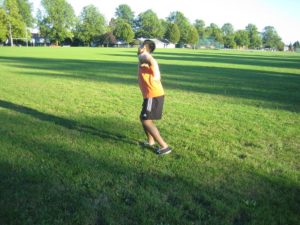Piriformis syndrome develops if a buttock muscle crushes on a nerve. The piriformis muscle is utilized to turn the thigh outwards. The sciatic nerve moves via or close to the piriformis muscle as it moves from the back down into the leg. The burden on the sciatic nerve can trigger pain or tingling in the rear part of the leg and hip.
Tightening or spasm of the piriformis muscle can place burden on the nerve. This can occur if engaging in continuous running, kicking or sitting on hard surfaces.
What are the signs?
The main indication of piriformis syndrome is buttock pain. The discomfort typically moves down across the lower thigh. There is also a tingling sensation or numbness in the rear part of the leg and hip.
There is also discomfort if the thigh is turned outwards such as sitting in a crossed-legged position.

Management of piriformis syndrome
If an individual is diagnosed with piriformis syndrome, there is a need to change or stop activities that trigger pain.
The healthcare provider will also suggest stretching and strengthening exercises and other forms of physical therapy to promote healing.
A mild case of piriformis syndrome might recuperate in a few weeks, but a severe injury can take 6 weeks or even longer to heal.
Other self-care measures generally include:
- Application of ice on the site several times throughout the day at 20-minute sessions.
- Pain medications can be used as instructed by the doctor.
- Moist heat can also be used since it helps relax the muscles and allow easier movement of the leg and hip.
As a preventive measure, it is vital to perform warm-up and stretching before activity. In addition, strictly follow the safety rules and use any protective gear for a specific sport or activity.
